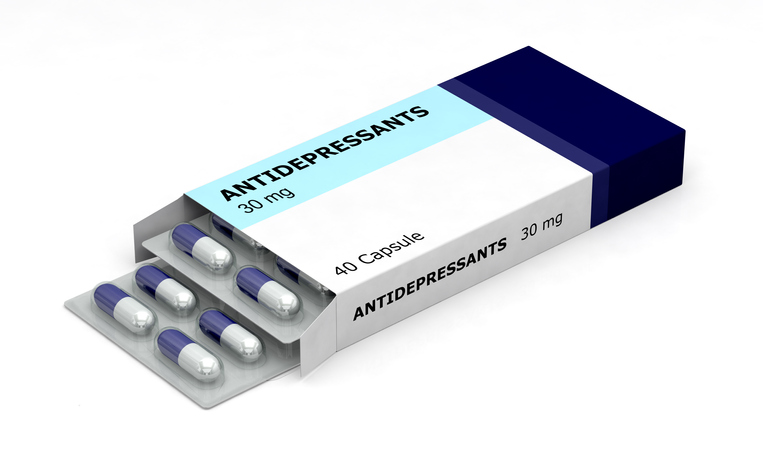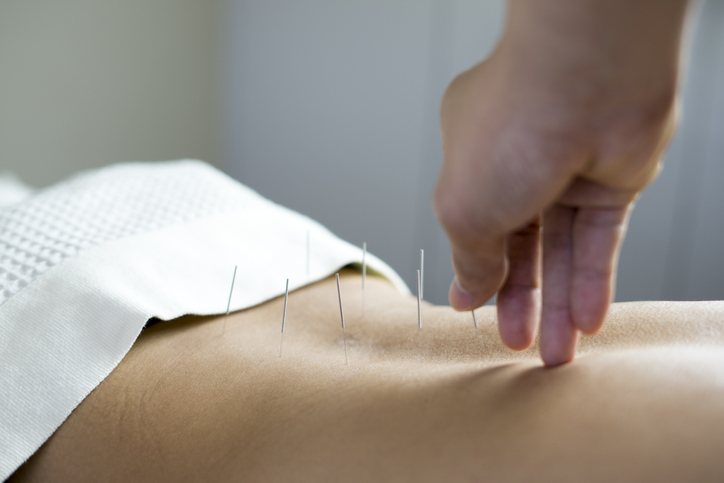Treatments
Vagus Nerve Stimulation
Vagus Nerve Stimulation is an implanted stimulator that stimulates the vagus nerve with electrical impulses. The vagus nerve is the longest cranial nerve, running from the brainstem to the colon. It’s function can be divided into: sensory and motor. Sensory functions include: providing sensation for the skin behind the ear, external ear canal and part of the throat; sensation to the voice box, throat, heart, lungs and digestive tract; and some sensation of taste. Motor functions include stimulating the heart, involuntary contractions of the digestive system, and the muscles of the voicebox and soft palate.
17 people found this helpful
Print
Share
Save
Vagus nerve stimulators come in two types: the conventional implanted devices & a non-invasive unimplanted device. The conventional VNS involves a surgery to have the stimulator implanted in the chest while a wire is threaded, under the skin, to the vagus nerve. Only the left vagus nerve is used, as the right one may carry more nerves that supply the heart.
It was originally developed for the treatment of drug resistant epilepsy, but studies have found that VNS can provide a strong pain relieving effect as well. Non-invasive VNS has shown effectiveness in the treatment of migraines, acute migraines and cluster headaches. Prolonged use showed a preventive effect for chronic migraines and chronic cluster headaches.
The implanted device is currently FDA approved for the treatment of epilepsy and treatment-resistant major depressive disorder. The non-invasive device is currently FDA approved for the treatment of episodic cluster headaches and migraine pain.
Source: Cleveland Clinic , Mayo Clinic, Medscape , National Center for Biotechnology Information (NCBI), National Center for Biotechnology Information (NCBI)
Did you find this helpful?
You may also like



















